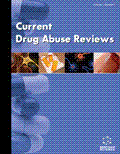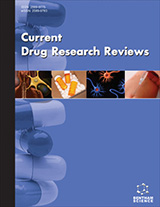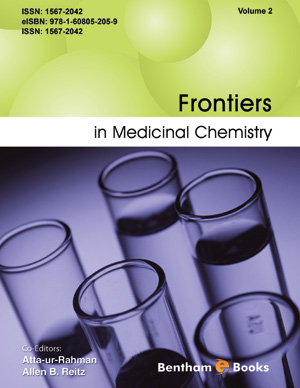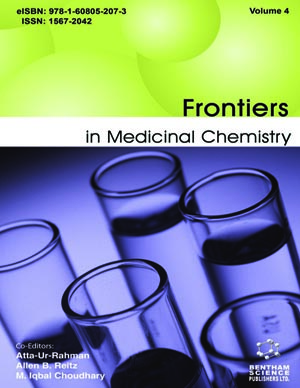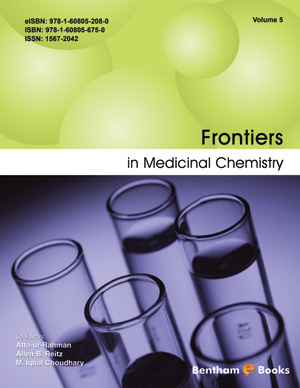Abstract
This chapter is a comprehensive account of the medicinal chemistry of
antihistamines, H2
receptor (H2R) blockers, H3
receptor (H3R) blockers, and proton
pump inhibitors (PPIs). It provides the mechanism of drug action and detailed
structure-activity relationship (SAR) of the drugs in these classes to give the
knowledge base for pharmacists. After studying this chapter, students will be able to:
• Describe the physiochemical properties of histamine and histamine receptors.
• Identify chemical classifications and describe the SAR of antihistamines, H2R and
H3R antagonists.
• Differentiate receptor binding patterns and structural features between histamine
receptor agonists and antagonists.
• Distinguish between sedating and non-sedating antihistamines, as well as the first-,
second- and third-generation antihistamines.
• Describe the structural features of cromolyn and related mast cell stabilizers and their
therapeutic applications.
• Discuss the proton pump inhibitors, including their development, mechanism of
action, and structural and physicochemical features.
• Apply the medicinal chemistry principles to the clinically relevant case studies.
• Explain the drug discovery story of representative drugs of different classes.
Keywords: Antihistamine, H2R inhibitors, H3R inhibitors, Histamine, Mast cell stabilizers, Proton pump inhibitors, Structure-activity relationship, SAR.



